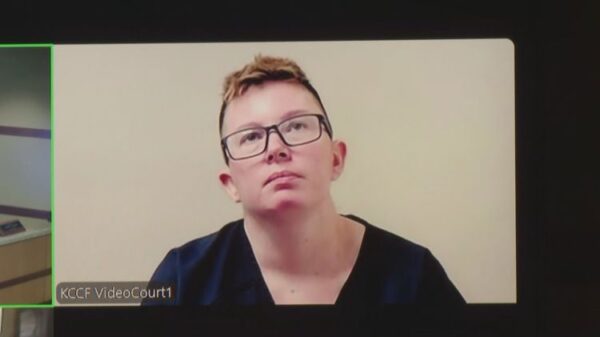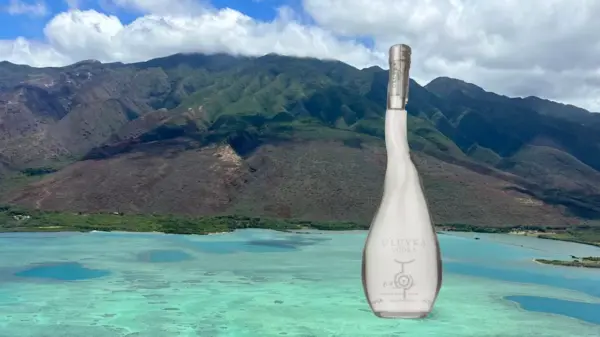The Guadalupe River in Texas experienced a catastrophic flood on July 4, 2023, following intense overnight rains. The river, which typically flows quietly, surged more than 30 feet above its normal level, resulting in a devastating flash flood that impacted multiple communities. One of the hardest-hit areas was Camp Mystic, a long-established summer camp for girls where approximately 750 campers, counselors, and staff were present when the flood struck just after 3 a.m. Tragically, many of the youngest campers, who were housed in cabins closest to the river, were swept away as the floodwaters surged.
As dawn broke on Independence Day, the towns of Hunt and Ingram were also affected, with homes, RV parks, and vehicles destroyed in the wake of the flood. Rescue teams worked tirelessly to reach impacted areas, saving hundreds of individuals from the rising waters. Unfortunately, as of July 4, no survivors had been found since the initial rescue efforts commenced, and community members have been searching through debris for the missing.
Understanding the Impact of Climate Change
In the immediate aftermath of the flood, discussions began regarding the environmental conditions that contributed to this disaster. The National Weather Service (NWS), part of the National Oceanic and Atmospheric Administration (NOAA), provided critical alerts about the potential for flooding. According to Kerr County’s Judge Rob Kelly, the area lacks a comprehensive warning system, which contributed to the chaos.
While individual weather events cannot be solely attributed to climate change, scientists agree that climate change intensifies storms and droughts, making extreme weather events more frequent. Recent drought conditions in Texas had hardened the ground, leading to increased runoff during heavy rains. The flood on July 4 coincided with the signing of President Trump’s budget reconciliation bill, which has been criticized for cutting funding for climate resilience programs.
Award-winning journalist Antonia Juhasz remarked on the connection between climate policy and the disaster: “We know that the climate crisis kills… we also know that we have remedies.” She emphasized the need for transitioning to renewable energy and supporting affected communities, highlighting the removal of tax incentives for solar and wind energy in recent legislation.
Political Reactions and Future Implications
In light of the disaster, Texas Governor Greg Abbott has called for a special legislative session to address the state’s preparedness for such floods. While he acknowledges the immediate need for action, critics argue that broader climate strategies must be prioritized to mitigate future risks.
Henry D. Jacoby, a management professor emeritus at MIT, stated in a piece published by The Texas Observer, “Federal resources for managing climate-augmented weather disasters are being wiped out.” He called for a more serious acknowledgment of climate change from state leaders, who have often downplayed its significance in driving extreme weather events.
The Guadalupe River flood serves as a stark reminder of the urgent need for comprehensive climate policy and preparedness measures. Without addressing the underlying issues contributing to climate change, Texas and other regions may face more frequent and severe weather events, with potentially devastating consequences for communities and ecosystems alike.





































































